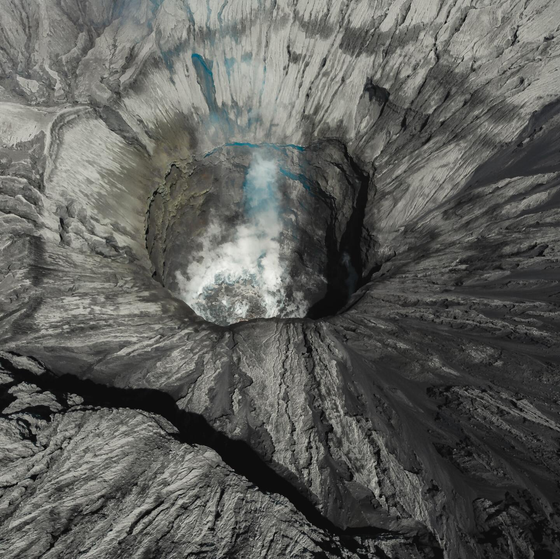Mercury Facts
MERCURY FACTS
The home of interesting Mercury facts for kids and adults.

The Planet Mercury Factfile
| Mercury | |
|---|---|
| Position from the Sun | 1 |
| Diameter | 4,879 km |
| What is the mass? | 0.06 Earth |
| How many moons? | None |
| How long does it take to orbit the sun? | 88 Days |
| Whats the temperature on Mercury? | -173 to 427°C |
| When was Mercury discovered? | The earliest record was 14th Century BC |
| Who first discovered Mercury? | Assyrian astronomers |
10 Facts about Mercury you didn't know.
1. A year on Mercury takes 88 Earth days.
Did you know?
One sidereal day, how long it takes to rotate from 1 fixed point is 59 earth days. Earth is 24 hours.


2. Mercury is wrinkled
Mercury has an iron core. This has cooled and contracted causing Lobate Scarps. These can be up to a mile high and hundreds of miles long.
Did you know?
The Mariana trench on Earth is 1,580miles in length and 6.285 miles at its deepest point. In comparison it makes the wrinkles on Mercury small.
3. Mercury is closest to the sun, but not the hottest planet.
Mercury does not have an atmosphere to help regulate temperature. This means the side facing the sun gets very hot up to 427 °C and the shaded side get very cold seeing temperatures up to -173 °C.
Did you know?
On the 10th July 1913 at Furnace Creek Ranch, California a temperature of 56.7 °C was registered. This is under reading is under dispute. The second highest temperature recorded on Earth is 54.0 °C. That makes Mercury up to 7.9 times hotter than the highest temperatures on Earth.


4. Mercury has the most craters in the solar system.
Mercury does not self heal like other planets in the solar system. It still shows craters from the numerous collisions with asteroids and comets.
Did you know?
Most craters on Mercury are named after famous writers and artists. You can spot names such as Vivaldi, Rembrant and Beethoven
5. Mercury was named after the messenger of the Roman gods.
Mercury, is also known as Hermes in Greek mythology. It is thought the reason behind this is because of the speed that the planet orbits the sun.
Did you know?
Earth is the only planet in the solar system that is not named after a Roman or Greek god.


6.Only two spacecraft have ever visited Mercury.
It is very difficult to reach Mercury due to its proximity to the sun. Spacecraft would need to travel 91 million kilometers into the suns gravitational field as well.
- In 1974-75 The Mariner 10 flew by Mercury three times. It managed to map half of its surface.
- In 2004 the MESSENGER probe was launched to explore Mercury's geological profile, magnetic fields and more.
- 20 October 2018, BepiColombo was launched by joint mission ESA and JAXA. It is expected to reach Mercury in late 2025. You can follow BepiColombo progress here: https://twitter.com/BepiColombo
Did you know?
The Mariner 10 ran out of fuel on March 24th 1975 and is still believed to be orbiting the sun.
7. Mercury has a very weak magnetic field.
The magnetic field on Mercury is about 1% of Earths.
Did you know?
Earth's magnetic field is measured in microteslas. At the surface it ranges from 25-65 microteslas.

8. Mercury has a very thin atmosphere.
According to NASA, Mercury's atmosphere is made up of:
42% Oxygen, 29% Sodium, 22% Hydrogen, 6% Helium, 0.5% Potassium and trace amounts of Argon, Carbon Dioxide, Water, Nitrogen, Xenon, Krypton, Neon, Calcium and Magnesium.
Did you know?
The Earth's atmosphere is made up of 78% Nitrogen, 21% Oxygen and trace amounts of other gases including Argon and Carbon Dioxide.
9. Mercury has just 38% of the gravity on Earth.
Due to the lack of gravity, Mercury isn't able to hold the atmosphere it has and it gets blown away by solar winds. The atmosphere is also replenished by those same solar winds bringing in new gases, radioactive decay and dust from micrometerorites.
Did you know?
You can work out how much you would weigh on Mercury by dividing your weight by 100 and multiplying by 38. For example, if you weighed 10 stone on Earth, you would weigh 3.8 stone on Mercury.


10. The outershell of Mercury is only 310 - 375 miles thick.
Mercury is the smallest planet. Its Radius is 1,516 miles (2.439 Km). Its outershell makes up approximately 24.7% of this on average.
Did you know?
Earths outershell excluding mantle and shell is on average 1819 miles thick. This is 4.85 times thicker than Mercury.
© Copyright 2021 Space-facts.co.uk
View our other facts sites: www.animal-facts.co.uk

